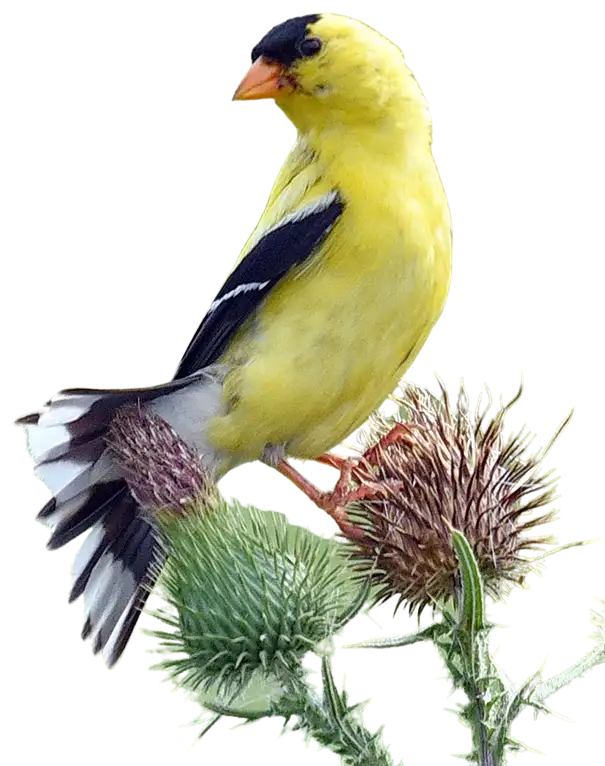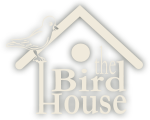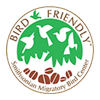This is the prime time for sparrows, for watching the lake, for picking up the first birds of winter. It is also a good month for wandering rarities. On average, 205 species are seen this month.
Ruby- and Golden-crowned Kinglet, Hermit Thrush, Winter Wren, and Fox Sparrow replace warblers and vireos as the predominant woodland migrants. However, this can be the best time of the year to find Orange-crowned Warbler; watch for them feeding in the tops of goldenrod and other tall weeds.
By the end of the month, the first Red and White-winged Crossbill and Evening and Pine Grosbeak may be spotted. Durand Eastman Park, with its abundance of cone-bearing trees, orchard and other food supplies, is a prime fall and winter birding spot. Webster Park also has good stands of conifers and a good view of the lake.
There is no better time than October to see sparrows, which gather in large flocks in open areas, along hedgerows and at wood edgings. White-throated, White-crowned, Song, Lincoln’s, Swamp and Field Sparrow will be most numerous, but other species may be mixed in. Beatty and Hogan points in Greece are outstanding areas to find sparrows; migrating Nelson’s Sparrow, a rarity here, have been found at both locations in early to mid October. The west lakeshore in Parma, Hamlin and farther west is good for other newly arriving winter species.
The first Northern Shrike, Short-eared Owl, Rough-legged Hawk, Snow Bunting, Lapland Longspur and American Tree Sparrow – traditional winter residents here – usually arrive by month’s end.
October is also synonymous with waterfowl on the lake. Common and Red-throated Loon, Horned Grebe, Brant, all three scoters, Common Goldeneye, Bufflehead, and mergansers will be migrating through the area or arriving for winter. At least one or two Pomarine or Parasitic Jaeger are almost certain to be spotted this month; rare gulls are possible.
October signals the end of the major southbound migration, most observations are waterfowl on Lake Ontario. This is a time to sharpen your skill in identifying ducks in flight on the lakeshore. The bluffs overlooking the lake at Parking Lot 4 in Hamlin Beach State Park offer fine viewing of a protected cove where waterfowl gather. Other good vantage points are the piers and jetties at Charlotte and Irondequoit Bay outlet, and the spits at Braddock Bay.
On the ponds, when hunters aren’t blasting away, migrating ducks can be observed. Canvasback and Hooded Merganser are among the later arrivals. Eurasian Wigeon, a rarity, could show up as well. Glossy Ibis occasionally turn up this time of year, too; they have been seen in the marshes off Hincher Road. Look in any of the lakeshore ponds and borrow pits, Braddock and Irondequoit Bays, and Montezuma and Iroquois National Wildlife Refuges.
In the yard, watch for migrating Ruby- and Golden-crowned Kinglet working through trees and bushes. Winter Wren might also poke around in your brush piles. Arriving winter species, such as Evening Grosbeak, may be seen at feeders.






